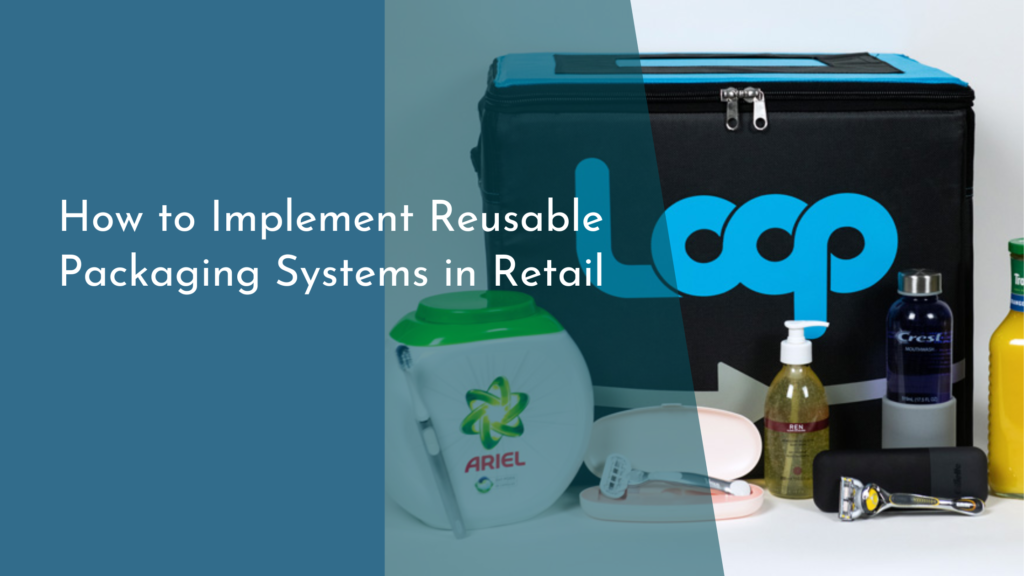Using Rainwater for Animal Shelter Hygiene and Drinking Systems
As the world continues to seek sustainable solutions, harnessing rainwater for various applications has emerged as a smart and eco-friendly choice. For animal shelters, utilizing rainwater can significantly improve hygiene practices and provide a reliable drinking source for animals. This not only promotes cleaner conditions for the animals but also enhances their overall well-being. In this article, we will explore the numerous benefits of rainwater use in animal shelters, how to set up an effective collection system, and ways to ensure that this valuable resource maintains high standards of cleanliness.
Harnessing Nature: The Benefits of Rainwater Use
Rainwater harvesting is an innovative approach that serves both an environmental and practical purpose, particularly in animal shelters. By collecting rainwater, shelters can reduce their reliance on municipal water supplies, which often come at a cost. This sustainable practice not only cuts down on expenses but also minimizes the shelter’s ecological footprint. Additionally, capturing rainwater decreases surface runoff, which can lead to flooding and erosion, thus protecting local ecosystems.
Moreover, rainwater is naturally soft and free from many of the chemicals commonly found in tap water, such as chlorine. This makes it an ideal choice for animals, as it can promote better health and hydration. Using rainwater also fosters a culture of sustainability within the community, encouraging other organizations and individuals to consider eco-friendly practices. Ultimately, the benefits of rainwater use extend beyond immediate savings, contributing to a more resilient and responsible approach to animal care.
Setting Up a Rainwater Collection System for Shelters
Creating an effective rainwater collection system doesn’t have to be a daunting task. The first step is to assess the shelter’s roofing infrastructure, as the type and size of the roof can greatly influence the amount of rainwater collected. In general, metal roofs are preferred because they are non-porous and facilitate cleaner water collection. Once the roof is evaluated, install gutters and downspouts to guide the rainwater into a storage tank. The size of the tank will depend on the shelter’s water needs, but it should be large enough to accommodate seasonal variations in rainfall.
To ensure a foolproof system, it’s essential to include a first flush diverter. This device prevents the initial flow of rainwater, which may contain debris and contaminants from the roof, from entering the storage tank. Additionally, regular maintenance of the gutters, downspouts, and storage tank is crucial to ensure the system operates efficiently and hygienically. With a well-planned rainwater collection system in place, animal shelters can reap the many benefits of this natural resource while promoting sustainability.
Ensuring Cleanliness: Rainwater for Animal Hygiene
Using rainwater for animal hygiene is a fantastic way to maintain cleanliness in shelters. Animals often require frequent cleaning to prevent the spread of diseases and maintain their well-being. Rainwater can be utilized for bathing and cleaning animal enclosures, reducing dependence on chemical-laden soaps and detergents. With rainwater’s natural softness, it can enhance the effectiveness of cleaning agents, allowing for a thorough wash without the harsh side effects.
Furthermore, integrating rainwater into hygiene practices promotes a more holistic approach to animal care. Many shelters have adopted environmentally friendly cleaning products, and combining these with rainwater can create a cleaner, safer environment for the animals. It fosters a sense of responsibility towards the ecosystem, making it clear that caring for animals goes hand-in-hand with caring for the planet. Ultimately, this approach not only benefits the animals but also impresses upon visitors the importance of sustainability in animal welfare.
Quenching Thirst: Rainwater as a Drinking Source for Animals
In addition to hygiene, rainwater serves as an excellent drinking source for animals in shelters. By providing a clean and reliable supply of fresh rainwater, shelters can cater to the hydration needs of their animals effectively. Rainwater is naturally filtered through the atmosphere, making it free from many contaminants present in municipal water. This ensures that animals receive high-quality water that can enhance their health and vitality.
However, it’s crucial to implement proper filtration systems before distributing rainwater for drinking. Installing a simple filtration system can help remove any residual debris and ensure the water is safe for animal consumption. Regular testing of the rainwater quality is equally important, as it guarantees that the animals are not exposed to any harmful substances. When shelters prioritize the hydration of their animals using harvested rainwater, they create a healthier and happier environment, showcasing a commitment to responsible animal care practices.
Harnessing rainwater for animal shelter hygiene and drinking systems is a win-win situation for both the animals and the environment. By implementing a rainwater collection system, shelters can make significant strides toward sustainability while ensuring that the animals in their care receive the best possible treatment. As more shelters adopt these practices, they pave the way for a greener future and inspire others to consider innovative solutions for animal welfare. Embracing the power of rainwater is not just a resourceful choice; it is a step toward nurturing a more sustainable and compassionate world for all living beings.


